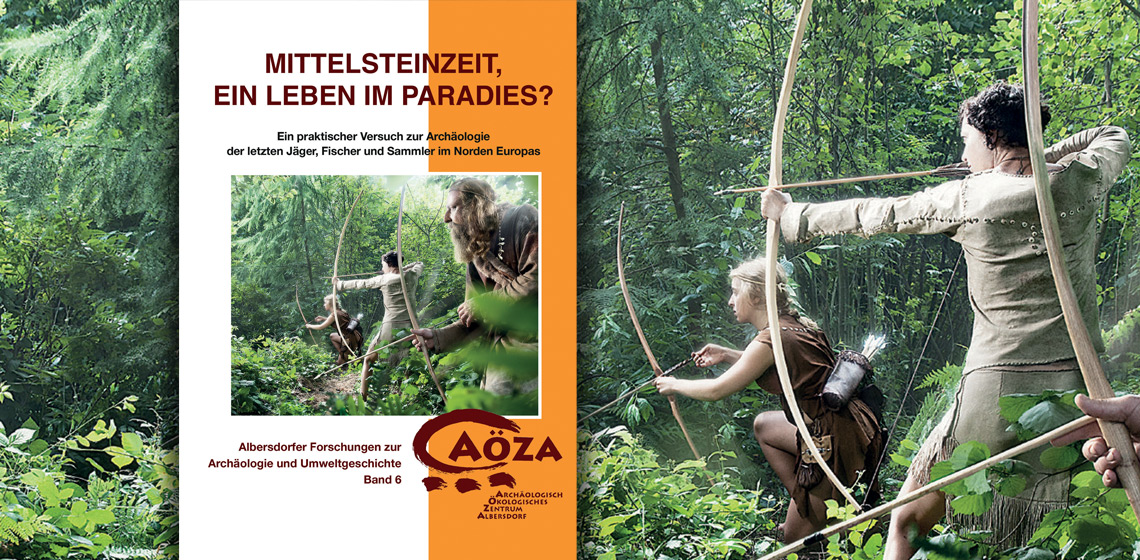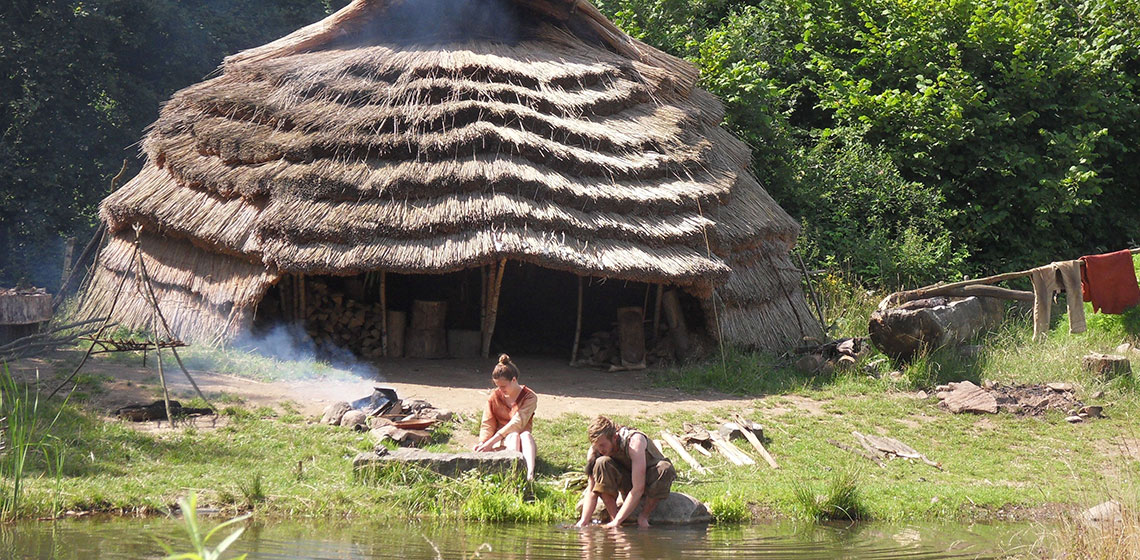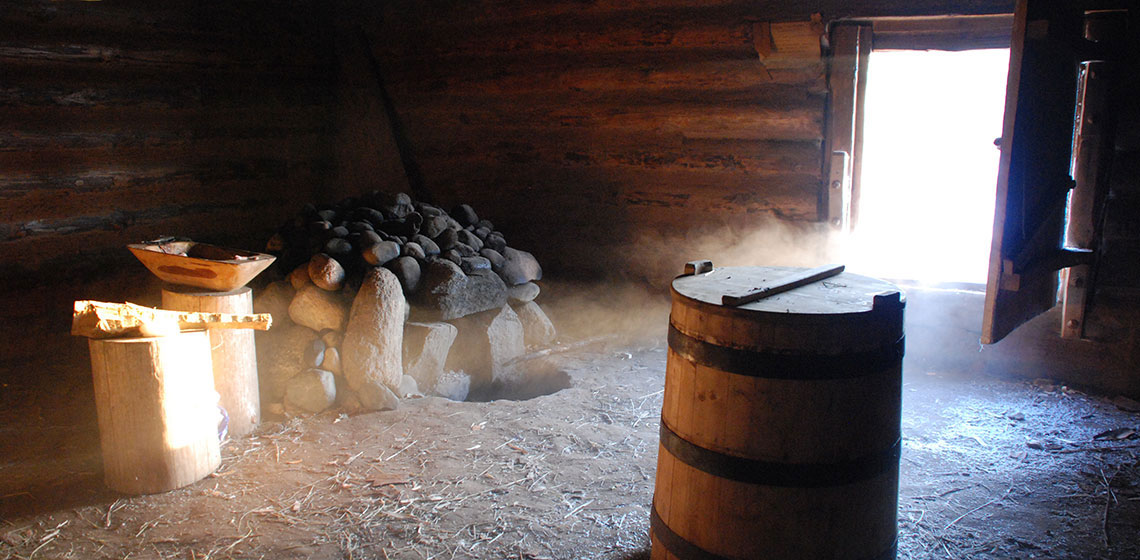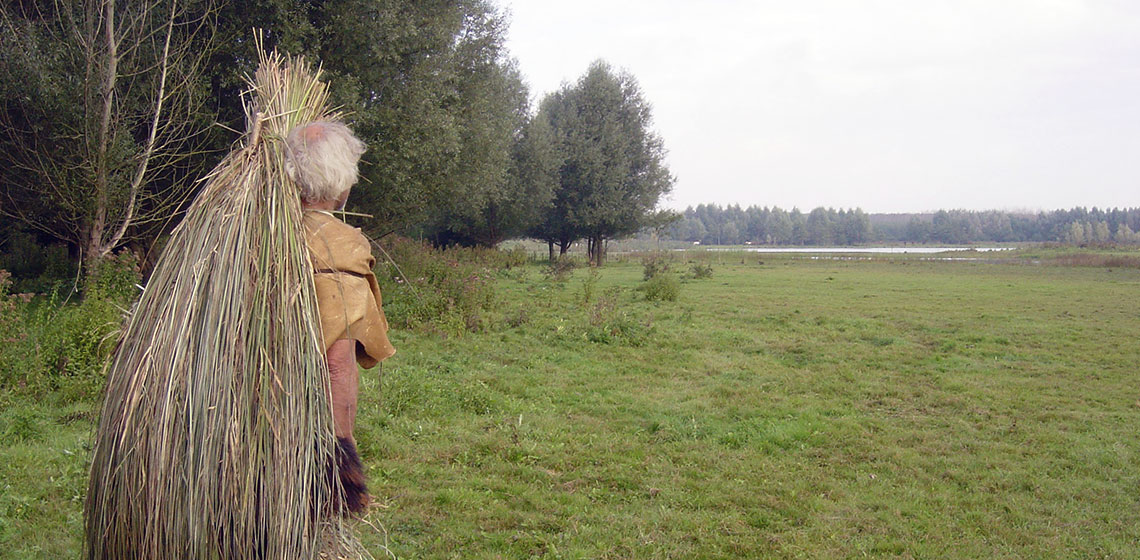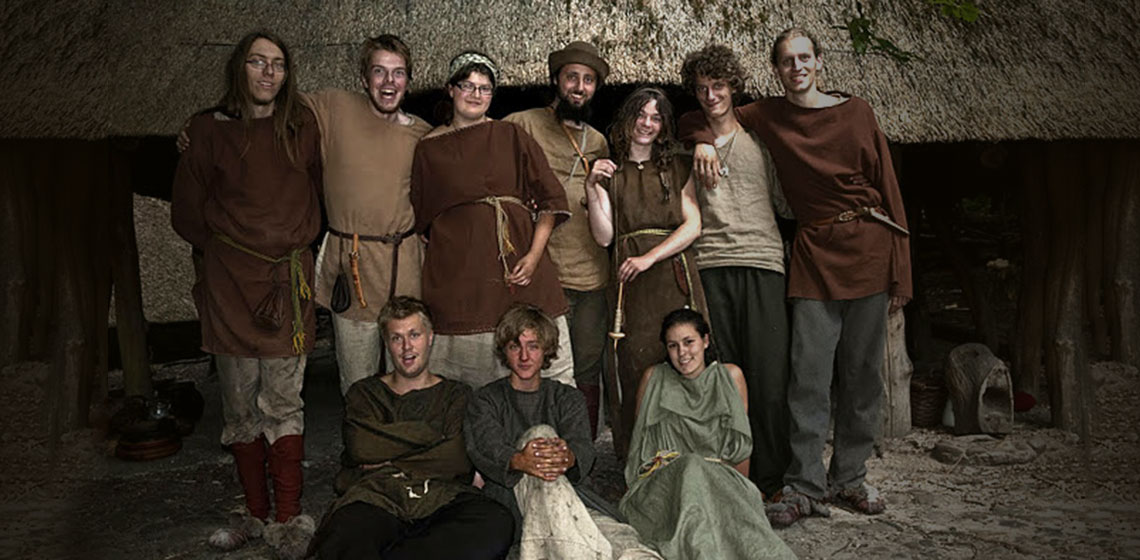life experiment
Event Review: a “Mesolithic Living” Project
Testing a Reconstruction: A Frosty Week in a Viking Age House
Interview: Hans Horreus de Haas
December 2010, Hans de Haas turned 75 and this seemed a fitting occasion for an in depth interview with this Nestor of Dutch living prehistory and experimental archaeology...
WEA’s Latest Life Experiment
The WEA, Society for Experimental Archaeology, is a sub-society of the NJBG, the Dutch Historical Youth Association. It is formed by youngsters aged 12 to 26 who enjoy participating in several aspects of living history. WEA offers them a chance to learn about history, set up their own archaeological experiments, and the opportunity to participate in living history for example by learning a...
Steinzeitpark Dithmarschen (DE)
The “Stone Age Park Dithmarschen” in Albersdorf (Schleswig-Holstein, Germany) is being reconstructed as a Neolithic cultural landscape from ca. 3.000 BC. Lying close to megalithic tombs and grave mounds dating from the first farmers in Northern Germany, the site offers educational activities like flint knapping, archery and leatherwork.
It has been reconstructed as a Neolithic cultural landscape from ca. 3.000 BC. Lying close to megalithic tombs and grave mounds dating from the first farmers in Northern Germany, the site offers educational activities like flint knapping...
